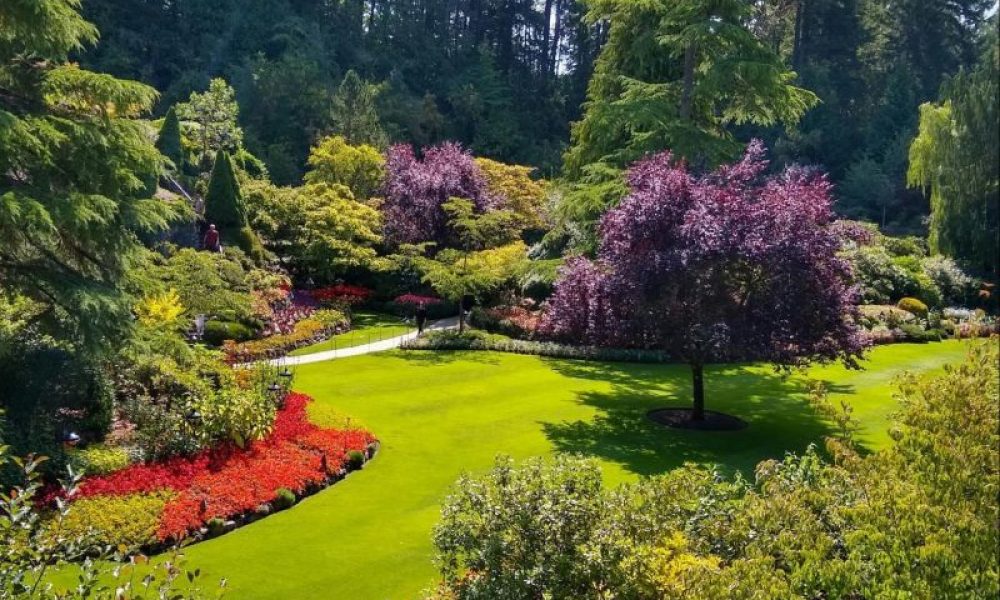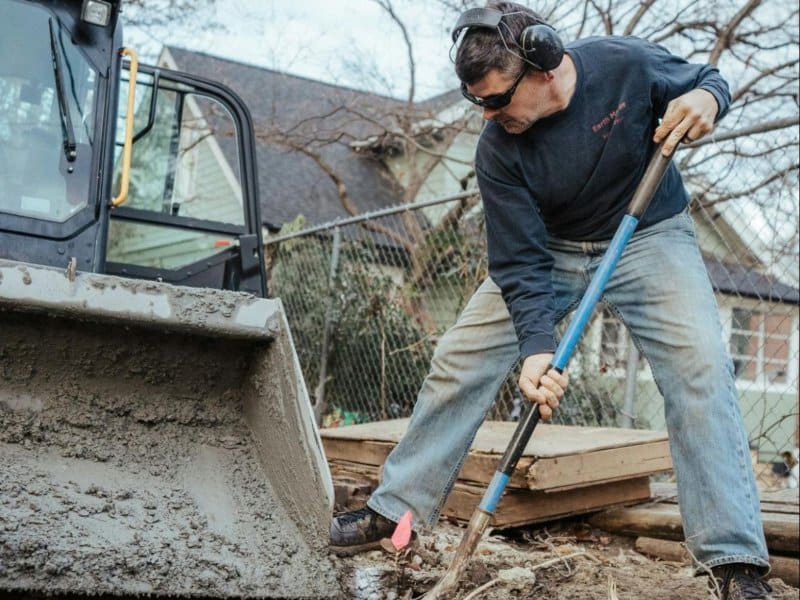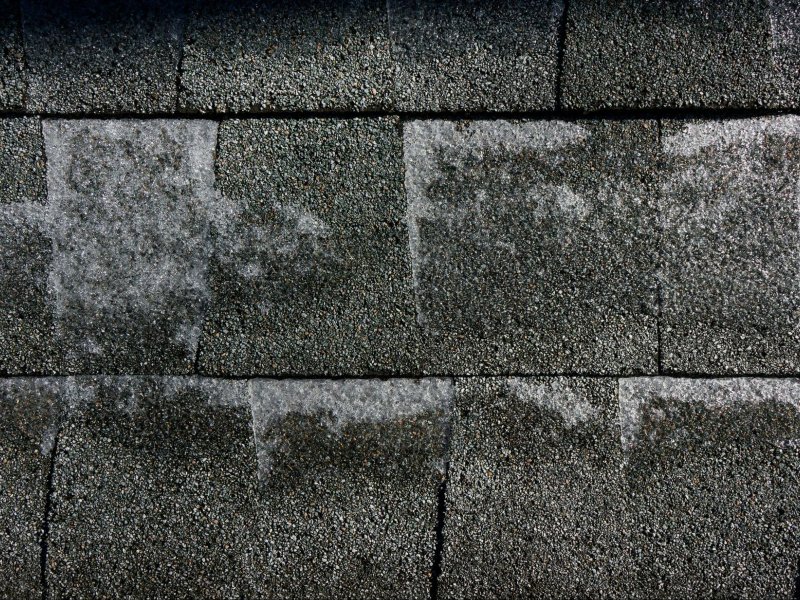The transformation of a landscape, whether it’s a backyard garden, a sprawling lawn, or a commercial property, begins with the soil beneath our feet. Topsoil, often overlooked but critically important, forms the foundation upon which vibrant and thriving landscapes are built. In this comprehensive guide, we’ll delve into the crucial role of topsoil in landscape transformation, exploring its composition, benefits, and the transformative power it holds in creating lush and healthy outdoor spaces.
Understanding Topsoil
Topsoil is the uppermost layer of soil, typically ranging from 5 to 10 inches in depth, where the majority of plant roots grow and where essential nutrients are concentrated. It is a complex mixture of organic matter, minerals, microorganisms, and air, providing the ideal environment for plant growth and root development. Topsoil is formed over time through the weathering of rocks, the decomposition of organic matter, and the activity of soil organisms, making it a valuable resource for landscaping and gardening.
Composition of Topsoil
Quality topsoil contains a balanced blend of organic and inorganic components, each contributing to its fertility and structure. The key components of topsoil include:
- Organic Matter: Organic matter, such as decomposed plant material (humus), adds nutrients to the soil, improves soil structure, and enhances water retention and drainage. It also serves as a food source for soil microorganisms, promoting biological activity and nutrient cycling.
- Minerals: Minerals, derived from weathered rocks and minerals, provide essential nutrients such as nitrogen, phosphorus, potassium, calcium, and micronutrients necessary for plant growth and development. These minerals contribute to soil fertility and support various biochemical processes within plants.
- Microorganisms: Soil microorganisms, including bacteria, fungi, protozoa, and nematodes, play a vital role in nutrient cycling, decomposition, and soil health. Beneficial microorganisms break down organic matter, release nutrients, and suppress harmful pathogens, contributing to soil fertility and plant resilience.
- Air and Water: Adequate aeration and water retention are essential for healthy soil and plant growth. Soil pores allow for the exchange of gases (oxygen and carbon dioxide) and the movement of water and nutrients within the soil profile. Proper soil structure and texture promote good drainage while holding sufficient moisture for plant uptake.
Benefits of Topsoil in Landscape Transformation
Topsoil plays a central role in landscape transformation, offering a wide range of benefits for plants, soil, and the environment. According to Bray Topsoil & Gravel, these benefits include:
- Nutrient Supply: Topsoil provides essential nutrients and minerals necessary for plant growth, ensuring optimal nutrition and vitality. Nutrient-rich topsoil promotes vigorous root development, lush foliage, and vibrant blooms, enhancing the aesthetic appeal of landscapes.
- Improved Soil Structure: Organic matter in topsoil improves soil structure by binding soil particles together, creating aggregates, and improving soil porosity and drainage. Well-structured soil allows for better root penetration, aeration, and water infiltration, promoting healthy root growth and plant resilience.
- Water Retention and Drainage: Topsoil with good water-holding capacity retains moisture for extended periods, reducing the frequency of irrigation and minimizing water stress on plants. At the same time, well-draining topsoil prevents waterlogging and runoff, ensuring proper drainage and preventing soil erosion and compaction.
- Enhanced Soil Biology: Topsoil harbors a diverse community of beneficial microorganisms that play critical roles in nutrient cycling, decomposition, and soil health. Healthy soil biology promotes organic matter decomposition, nutrient release, and disease suppression, fostering a balanced and resilient ecosystem.
- Weed Suppression: A thick layer of topsoil can help suppress weed growth by smothering weed seeds and providing a barrier to their germination. Weed-free topsoil creates a clean and tidy landscape, reducing the need for weed control measures and enhancing the overall appearance of the property.
Transformative Power of Topsoil in Landscape Design
Topsoil has the transformative power to turn barren landscapes into thriving ecosystems, rejuvenate tired lawns, and create lush and inviting outdoor spaces. Whether you’re starting from scratch with a new construction project or revitalizing an existing landscape, topsoil lays the groundwork for success.
- New Construction: In new construction projects, topsoil is often stripped away during excavation and grading, leaving behind compacted subsoil devoid of nutrients and organic matter. By incorporating high-quality topsoil into the site, landscape designers can create fertile planting beds, establish healthy turfgrass, and restore the natural balance of the soil.
- Lawn Renovation: Over time, lawns can become compacted, depleted of nutrients, and overrun by weeds and pests. Topdressing with quality topsoil can revitalize tired lawns, improve soil structure, and promote healthy grass growth. By overseeding and topdressing with topsoil, homeowners can achieve a lush, green lawn that enhances curb appeal and adds value to their property.
- Garden Beds and Planting Areas: Raised garden beds, flower borders, and planting areas benefit from the addition of nutrient-rich topsoil, providing an ideal growing environment for vegetables, flowers, shrubs, and trees. Incorporating compost and organic amendments into topsoil further enhances soil fertility and supports vigorous plant growth.
- Erosion Control and Land Stabilization: Topsoil plays a vital role in erosion control and land stabilization, particularly on slopes, embankments, and disturbed sites. By establishing vegetation and applying topsoil blankets or erosion control mats, landscape professionals can prevent soil erosion, reduce sediment runoff, and stabilize slopes, protecting the integrity of the landscape and preserving natural habitats.
- Sustainable Landscaping Practices: Incorporating topsoil into sustainable landscaping practices promotes soil health, conserves water, reduces chemical inputs, and supports biodiversity. By using locally sourced topsoil, compost, and organic amendments, landscapers can minimize environmental impact, conserve resources, and create resilient landscapes that thrive for years to come.
Conclusion
Topsoil is the cornerstone of landscape transformation, providing the essential nutrients, structure, and biology needed for healthy plant growth and vibrant outdoor spaces. Whether you’re designing a new landscape, renovating an existing one, or maintaining a lush lawn, topsoil lays the groundwork for success. By understanding the composition, benefits, and transformative power of topsoil, homeowners, landscapers, and gardeners can create landscapes that are not only beautiful and inviting but also sustainable, resilient, and teeming with life. Invest in quality topsoil, and watch your landscape flourish and thrive for years to come.









